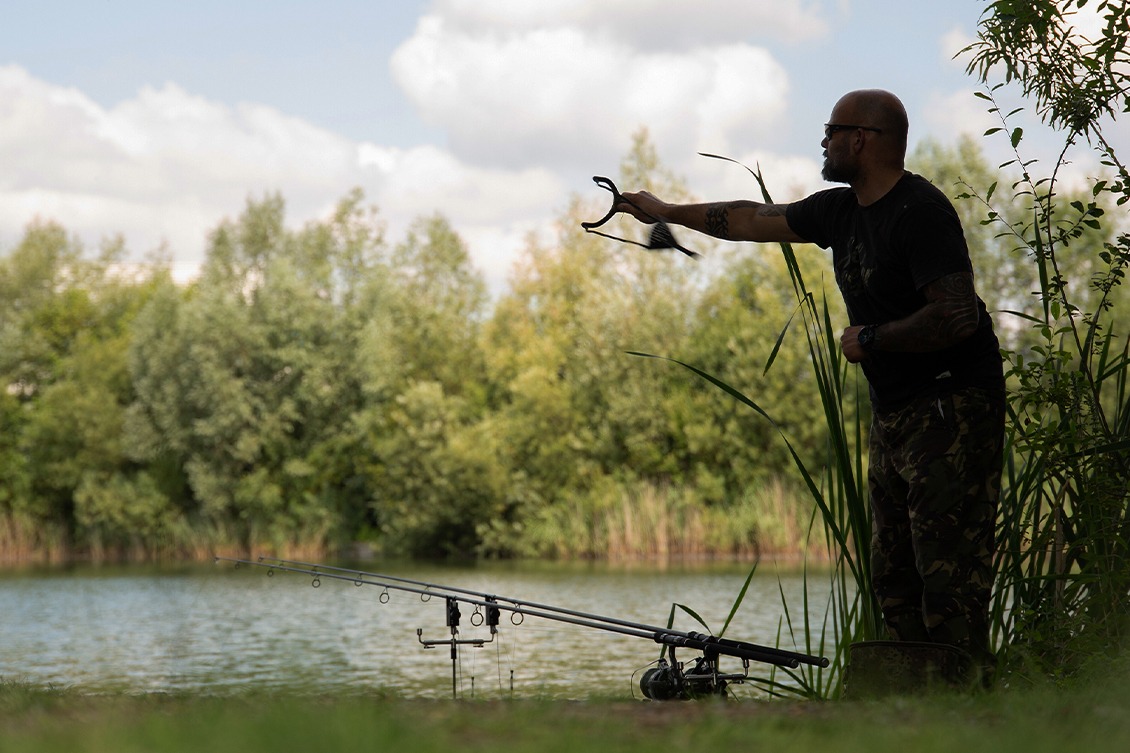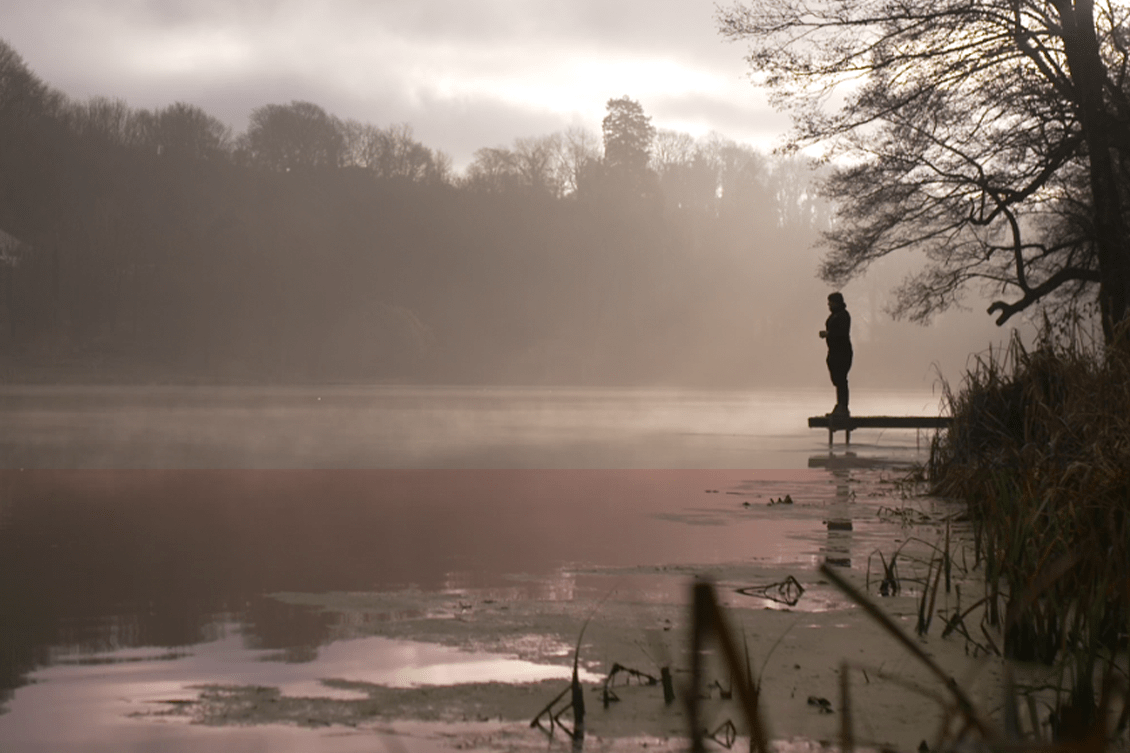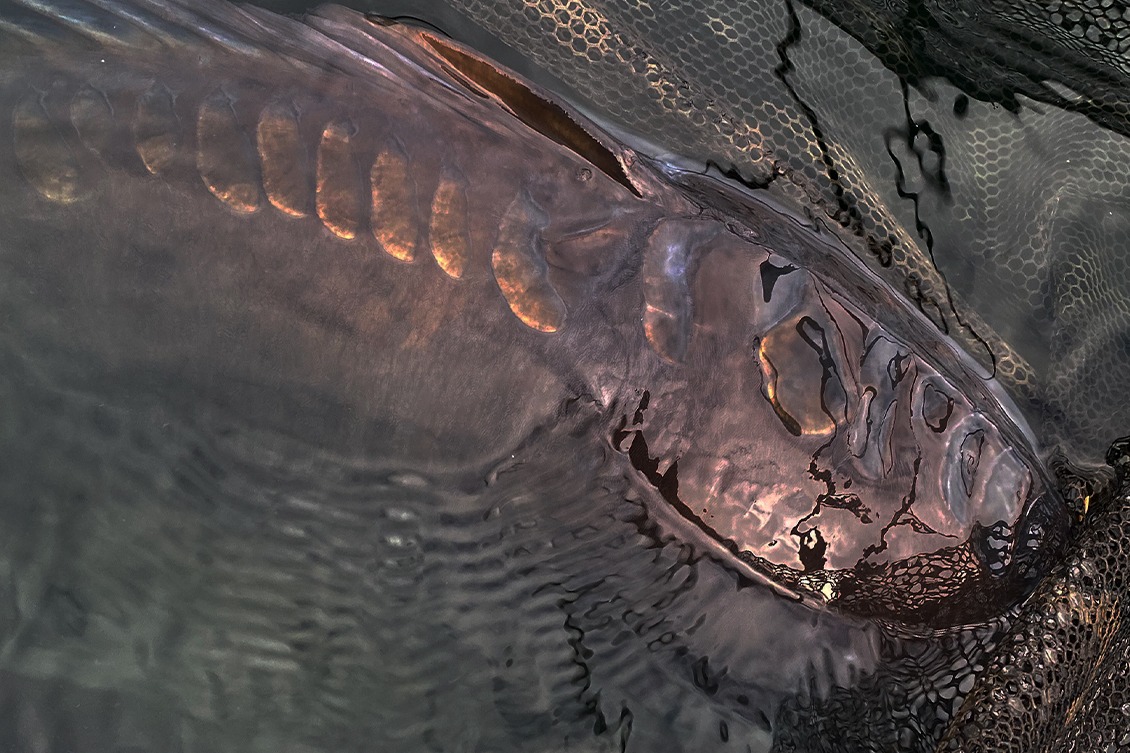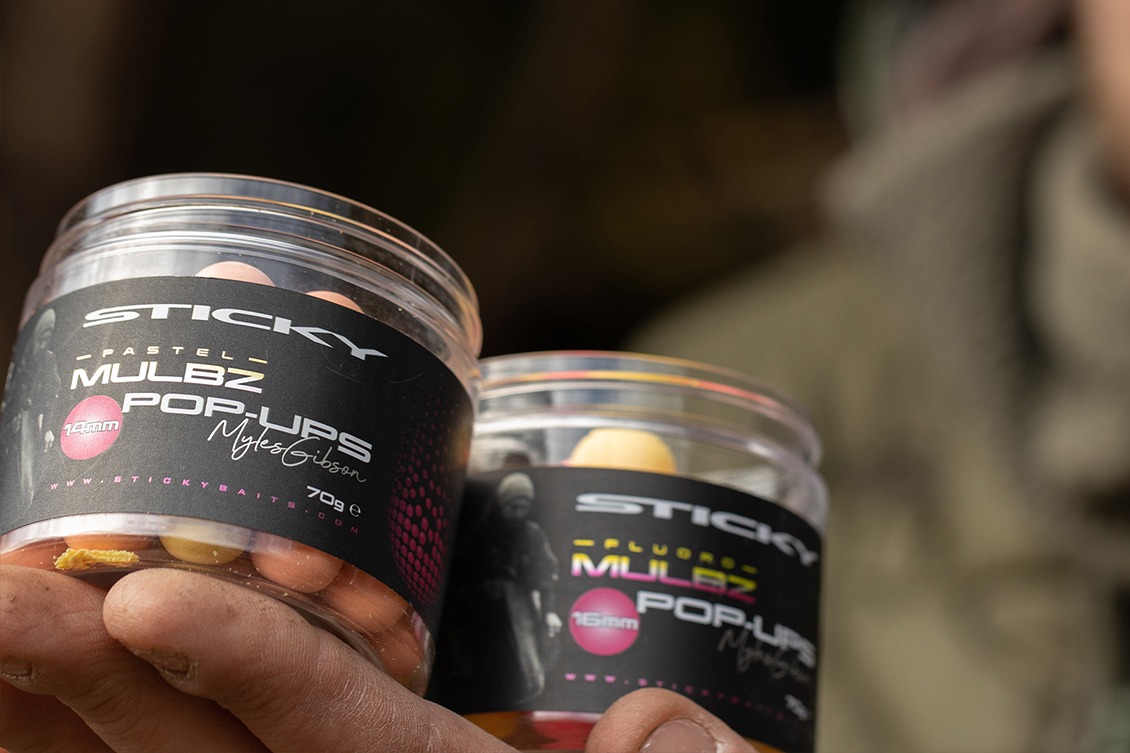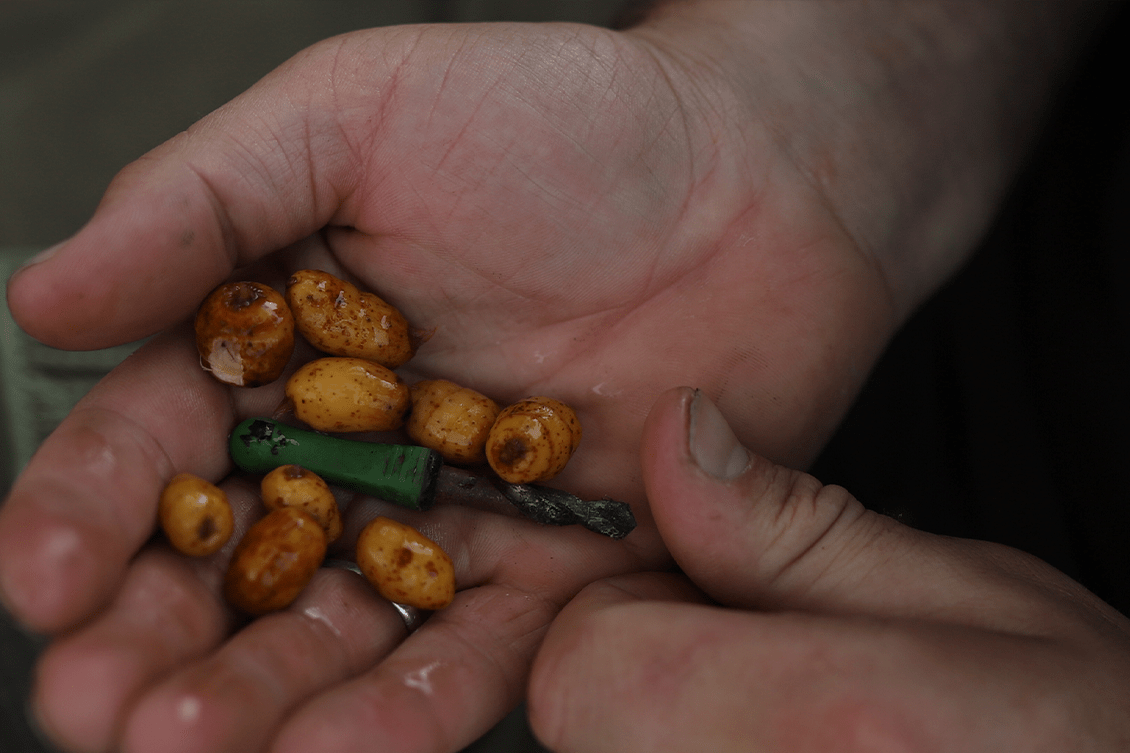
We reveal everything there is to know about pre-baiting, showing you how this method can seriously increase your catch rate!
We reveal everything there is to know about pre-baiting, showing you how this method can seriously increase your catch rate!
You may be wondering; of course, a large bait company is going to tell me the benefits of pre-baiting, after all, that would mean you buy more bait? Well, that isn’t entirely true, we are certainly not going to suggest buying 10kg of boilies before trotting down to your local venue to pile it all in, as although this would technically be pre-baiting, it probably wouldn’t achieve much in the way of benefits to you, the angler.
WHY SHOULD YOU PRE-BAIT?
Pre-baiting stacks the odds in your favour, by trying to concentrate the fish in a particular zone and make them accustomed to finding a free meal. By introducing feed while you aren’t pressuring the area with lines, the carp drop their guard. In total contrast to say a PVA bag, the carp can graze a spot until all the food is gone, without a single disturbance of one being caught. Over time, this confidence only grows, to the point they become much easier to catch. Not only does this mean you should hopefully catch more fish, but you should also achieve your targets in a much shorter timeframe.
It’s well documented that carp can hear other fish eating underwater, and therefore if a group of three or four fish begin feeding at the start of your campaign, this could turn into dozens before you even wet a line. This is a sure-fire way of massively increasing the chances of catching those special, target fish.

WHY SHOULD YOU PRE-BAIT?
Pre-baiting stacks the odds in your favour, by trying to concentrate the fish in a particular zone and make them accustomed to finding a free meal. By introducing feed while you aren’t pressuring the area with lines, the carp drop their guard. In total contrast to say a PVA bag, the carp can graze a spot until all the food is gone, without a single disturbance of one being caught. Over time, this confidence only grows, to the point they become much easier to catch. Not only does this mean you should hopefully catch more fish, but you should also achieve your targets in a much shorter timeframe.
It’s well documented that carp can hear other fish eating underwater, and therefore if a group of three or four fish begin feeding at the start of your campaign, this could turn into dozens before you even wet a line. This is a sure-fire way of massively increasing the chances of catching those special, target fish.

WHEN AND WHERE SHOULD YOU PRE-BAIT?
There’s no hard and fast rule to say what time of year is best to commence a pre-baiting campaign, in reality you can trickle bait into anywhere, at any time of year. However, as the weather changes from winter, into spring, pre-baiting can be incredibly important. As the weather warms up, not only do the carp eat more, but they also move around a hell of a lot more than in the colder months.
By pre-baiting in the spring, you can help stop the carp in their tracks and keep them in an area, so when you do come to fish, the location part of the equation is taken care of. Speaking of which, where you decide to pre-bait in also very important. For starters, choose somewhere that is close to your home, or on your commute to and from work. This ensures you can make regular trips without it taking up too much of your time.
In terms of the specific spot you choose, this is down to personal choice. Often it is best to bait multiple spots, as even though the fish will be used to finding food, the weather conditions can dictate where the fish want to spend the majority of time. If you prefer to put all your eggs in one basket, it would be best to target a rarely fished area, just to give you the best chance of getting into the swim when it comes to actually fishing.
WHEN AND WHERE SHOULD YOU PRE-BAIT?
There’s no hard and fast rule to say what time of year is best to commence a pre-baiting campaign, in reality you can trickle bait into anywhere, at any time of year. However, as the weather changes from winter, into spring, pre-baiting can be incredibly important. As the weather warms up, not only do the carp eat more, but they also move around a hell of a lot more than in the colder months.
By pre-baiting in the spring, you can help stop the carp in their tracks and keep them in an area, so when you do come to fish, the location part of the equation is taken care of. Speaking of which, where you decide to pre-bait in also very important. For starters, choose somewhere that is close to your home, or on your commute to and from work. This ensures you can make regular trips without it taking up too much of your time.
In terms of the specific spot you choose, this is down to personal choice. Often it is best to bait multiple spots, as even though the fish will be used to finding food, the weather conditions can dictate where the fish want to spend the majority of time. If you prefer to put all your eggs in one basket, it would be best to target a rarely fished area, just to give you the best chance of getting into the swim when it comes to actually fishing.
WHAT SHOULD YOU PRE-BAIT WITH?
What you choose to bait up with is completely up to you and your budget. Generally, a mix of items is best and starting off small can really help with your rig presentation in the long run. By using small particles, pellets and Active Mix, you can help clean and polish off your spot by using the small fish to your advantage. Any leaves, twigs, or general debris will be pushed aside, making sure you get the perfect presentation when the carp turn up. Once your spot is clean you can up the size of your pre-bait, introducing boilies and if allowed a few tiger nuts for good measure. You can still add particles like hemp and of course pellets, but by mixing in large boilies, you will always ensure there’s some bait left for the carp.
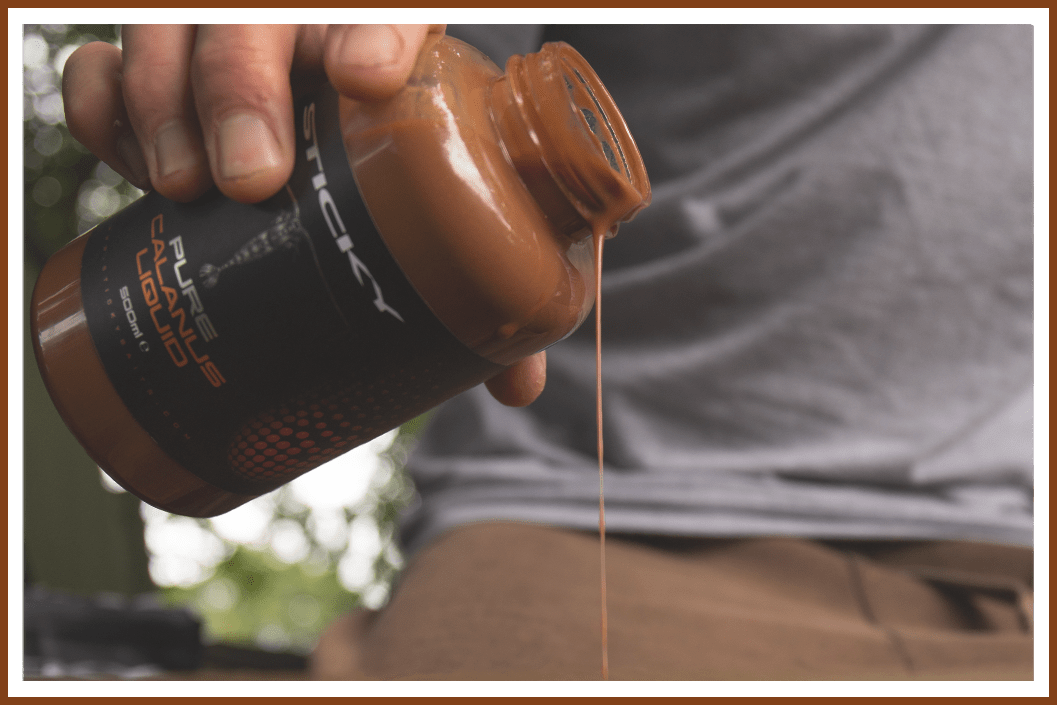

In the spring, Krill Active really comes into its own, and makes an ideal end point to your baiting campaign. Getting the fish used to finding larger items will only increase your chances of catching them. Mixing in the boilies with a good quality liquid such as Pure Calanus will ensure your area will work for you even while you aren’t there.
If money is tight, particles and pellets are the best way to go, coated in a bottle of inexpensive liquid such as Cloudy Bloodworm Liquid. If nuisance fish are a problem, then this can become problematic, as they will feast on the small baits and often polish them off before the carp get a look in. In this instance, boilies are the only way to go.
It is often misinterpreted that pre-baiting involves copious amounts of bait, but it most certainly doesn’t have to be. Half a kilo of boilies spread over an area would be plenty of bait to encourage a group of carp to feed. By introducing this twice a week, you can help regulate the carp’s habits into finding free food in your area, without breaking the bank!
WHAT SHOULD YOU PRE-BAIT WITH?

What you choose to bait up with is completely up to you and your budget. Generally, a mix of items is best and starting off small can really help with your rig presentation in the long run. By using small particles, pellets and Active Mix, you can help clean and polish off your spot by using the small fish to your advantage. Any leaves, twigs, or general debris will be pushed aside, making sure you get the perfect presentation when the carp turn up. Once your spot is clean you can up the size of your pre-bait, introducing boilies and if allowed a few tiger nuts for good measure. You can still add particles like hemp and of course pellets, but by mixing in large boilies, you will always ensure there’s some bait left for the carp.

In the spring, Krill Active really comes into its own, and makes an ideal end point to your baiting campaign. Getting the fish used to finding larger items will only increase your chances of catching them. Mixing in the boilies with a good quality liquid such as Pure Calanus will ensure your area will work for you even while you aren’t there.
If money is tight, particles and pellets are the best way to go, coated in a bottle of inexpensive liquid such as Cloudy Bloodworm Liquid. If nuisance fish are a problem, then this can become problematic, as they will feast on the small baits and often polish them off before the carp get a look in. In this instance, boilies are the only way to go.
It is often misinterpreted that pre-baiting involves copious amounts of bait, but it most certainly doesn’t have to be. Half a kilo of boilies spread over an area would be plenty of bait to encourage a group of carp to feed. By introducing this twice a week, you can help regulate the carp’s habits into finding free food in your area, without breaking the bank!
TOP FIVE PRE-BAITING TIPS




















